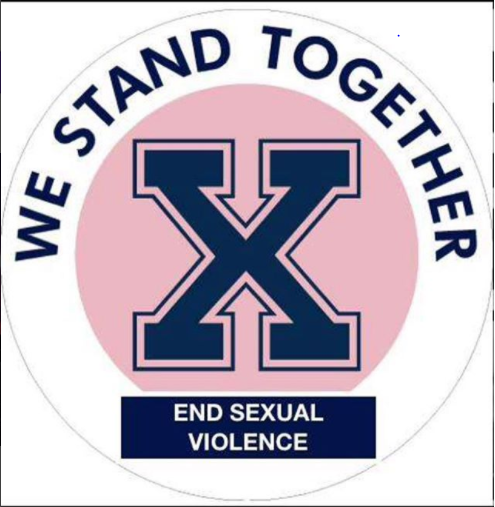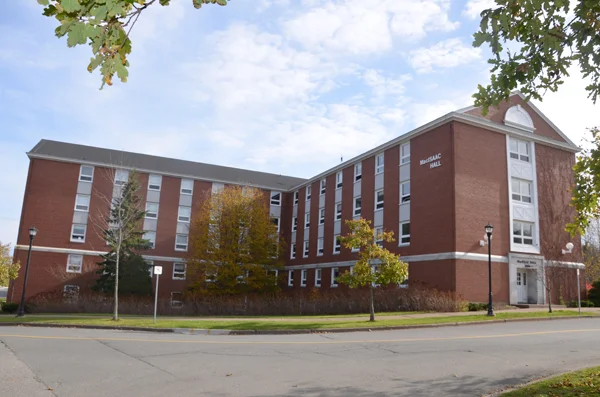How do we rewrite the narrative of sexual violence in our communities?
"Smile and be nice." "Don’t overreact." "Don’t make a scene." "It’s just guys being guys." "He only picks on you because he like you." "Cover up." "You’re showing too much skin - it’s distracting." "He was just trying to be friendly." "You were pretty much asking for it."
As women, we’re constantly taught to remain idle in the face of sexual violence. Whether that’s through what we're told, media depicting violence as a gateway for sex, or simply the lack of recognition that sexual violence is a problem to begin with. Is it no surprise, then, that 1 in 4 women aged 15 to 24 will experience sexual violence? We’ve normalized sexual violence to such a degree that more often than not, women don’t feel comfortable or validated in coming forward - instead, they pass it off as “just a bad date,” or stay silent.
That is not okay.
On March 7, the Antigonish community came together to discuss what sexual violence looks like here in our community, and what we can do to change the narrative, and have an impact. Panelists Suzi Synishin, Sam Gan, and Katie MacDonald shared their research findings and experiences with the group - speaking to the normalization of sexual violence and the meaning of consent, the male perspective on leadership in consent culture, and sexual violence response in customer service positions respectively. Following the panel, the room was asked to answer two questions:
- What does sexual violence look like in your community?
- What needs to change? How can we make these changes happen?
Though the questions were discussed in a number of smaller groups, the answers of what sexual violence looks like all seemed to follow the same core idea: sexual violence is simultaneously extremely pervasive, and invisible. The social repercussions facing victims prevent large numbers from speaking out, things like dick pics, revenge porn, and “kill counts” have become synonymous with teen and young adult culture, and university culture, as well, has become so intertwined with rape culture that it’s hard to tell where one ends and the other begins. On top of all of this, there is a general refusal to acknowledge that we have a problem.
So, what needs to change? How can we break the silence around sexual violence, and stop teaching our women to grin and bear it? We can start by teaching consent in our elementary and high schools - re-configuring Sex Ed to teach about healthy relationships, pleasure, and bodily autonomy - and integrating the conversation into every school, and every classroom. We can stand up and call out instances of toxic masculinity, harassment, and violence we witness every day, and turn to education to call people in.
Most importantly, however, in this fight, is that we not stay silent in the face of injustice. The actions above all came from this one conversation - but conversations like this one, when held as events or panels, attract the people who already care about these issues, and are already working to make change. For this conversation to be truly successful and sustainable, everyone has to be involved. So, keep on speaking out, speaking up, and being loud - ultimately, that is what will make a difference.




















